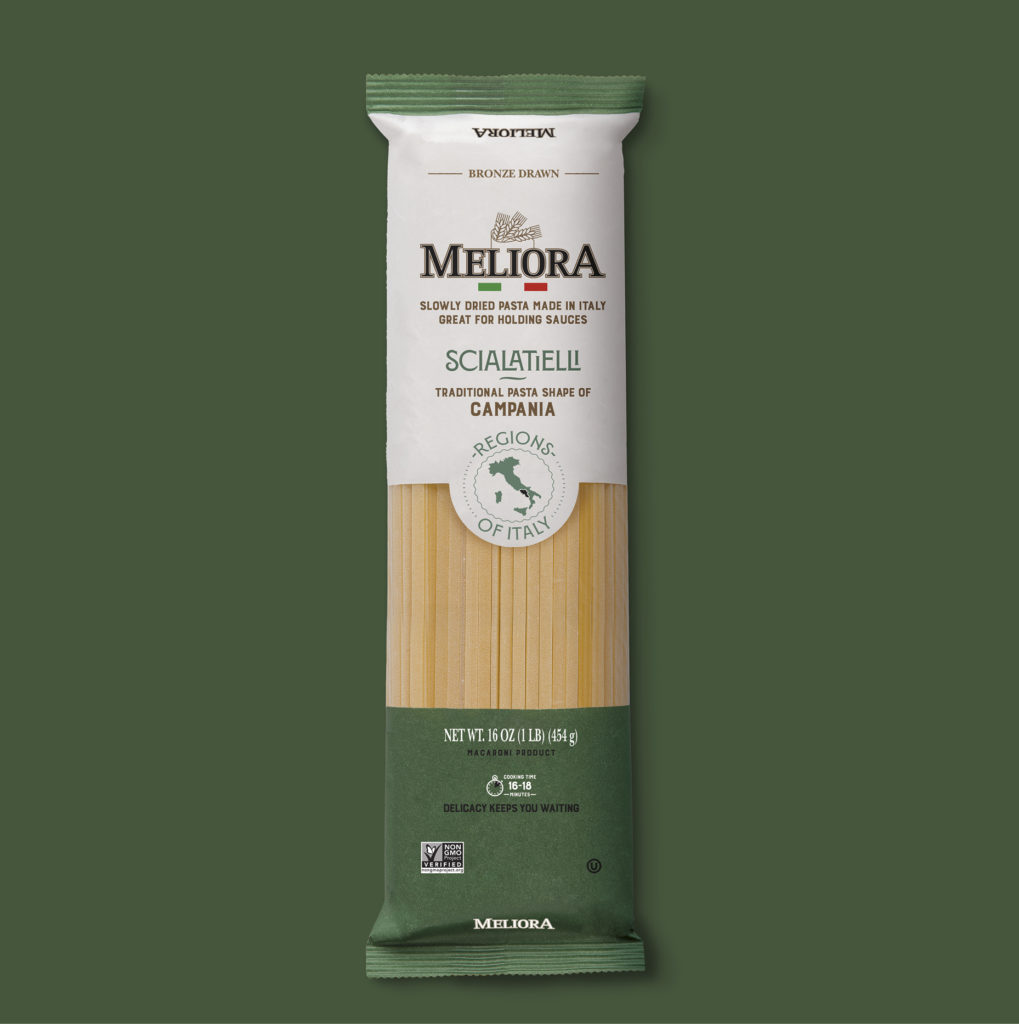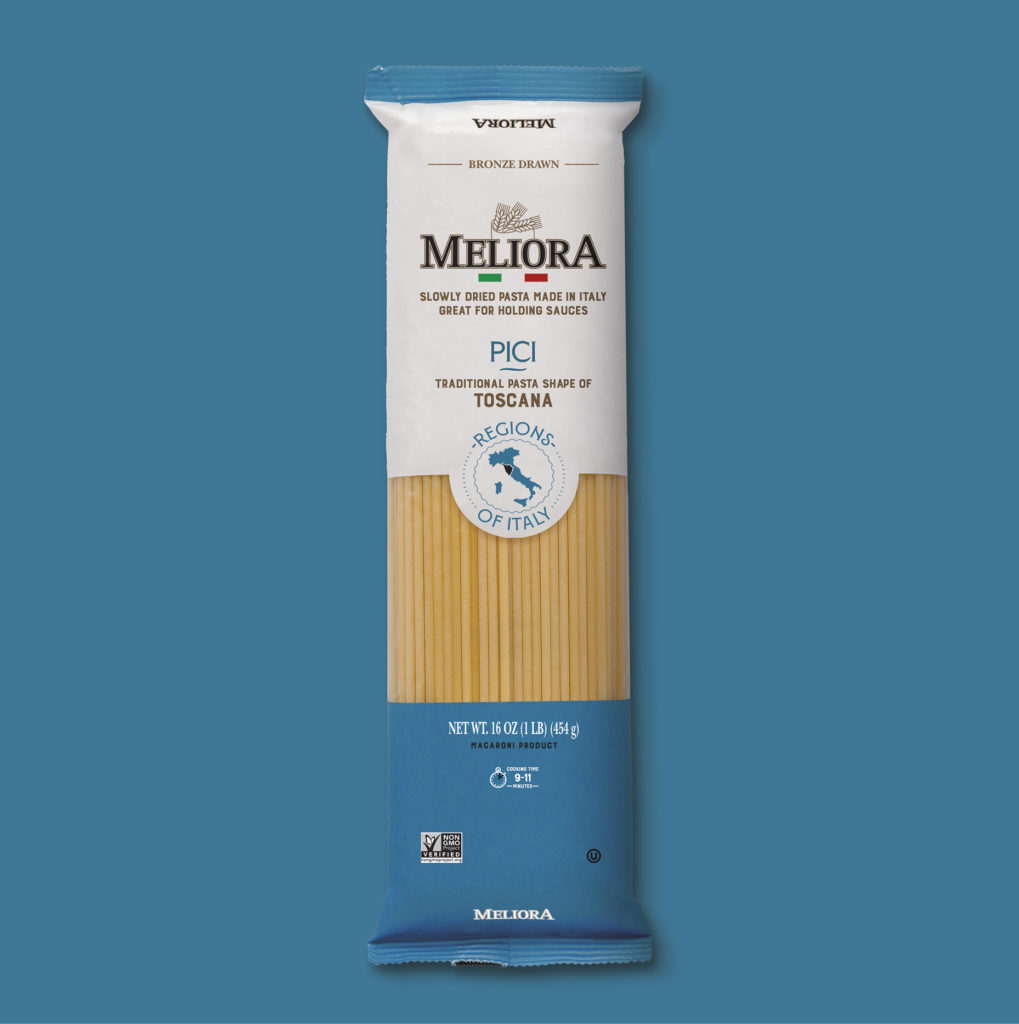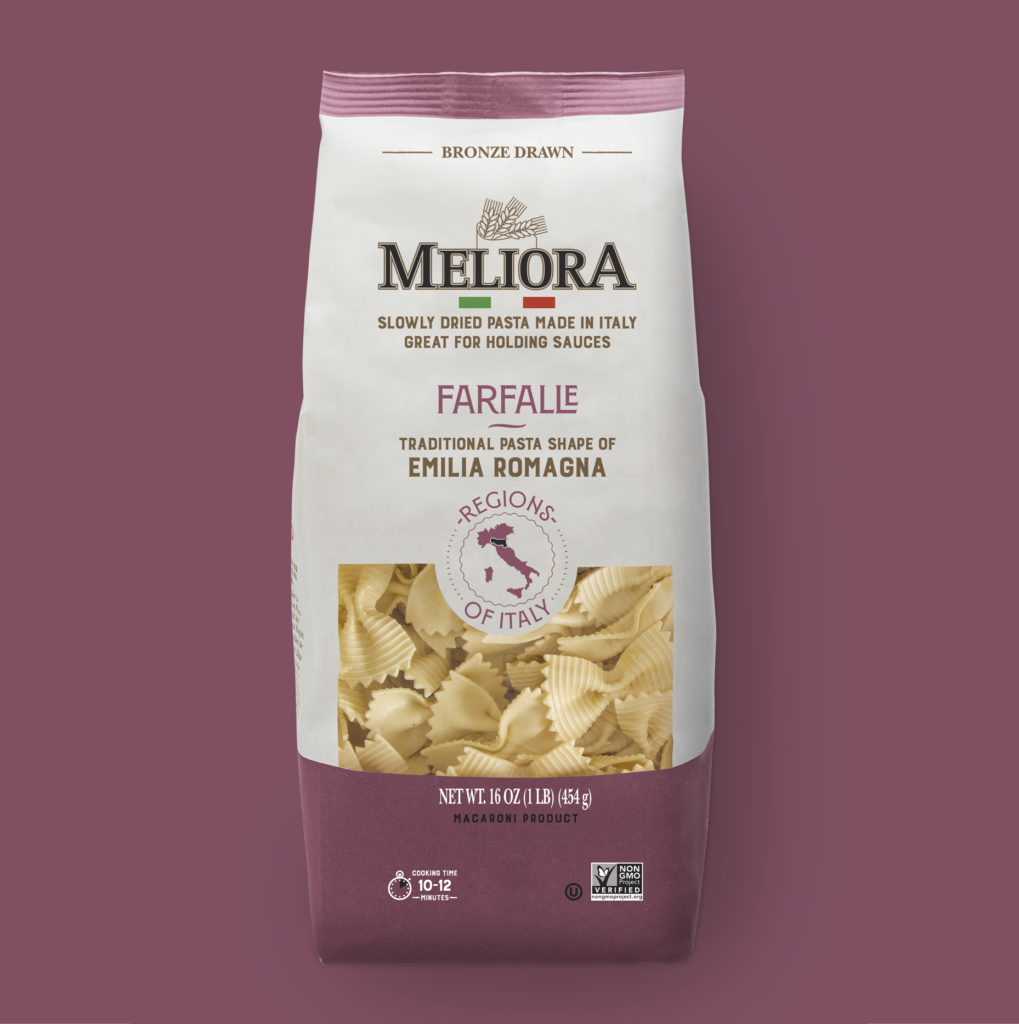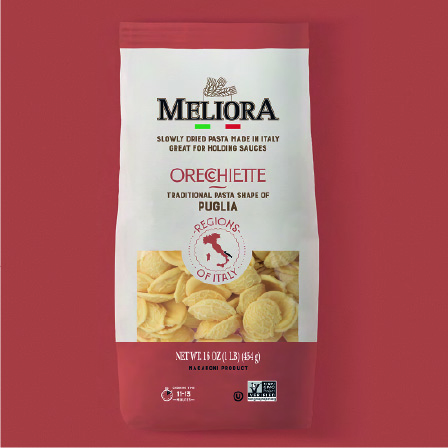Scialatelli

Born only in the 70s, this type of pasta sums up in its name all the sense of the ancient gastronomic tradition of Campania. In the Neapolitan language in fact, “scialare” means “to enjoy” and the “tiella” is the pot in which this pasta, with its flat and rectangular shape, is served with the typical […]
Spaghetti alla chitarra

“Chitarra” means “guitar” in Italian, but to prepare these square-section shaped spaghetti no Stratocaster was mistreated! The metal strings that traditionally forge them are those of an ancient instrument that, under the pressure of the rolling pin, transforms the pasta sheet into a symphony of taste to be accompanied with meat sauce or intensely flavored […]
Pici

The origins of this shape of pasta are very old. As a matter of fact, they may even date back to the Etruscan era, thanks to a representation that was found inside Leopardi’s family famous Tomb dating from the 5th Century BC. Woe to those who, at first glance, confuse them with spaghetti: thicker and […]
Paccherini

The founders of the Greek Parthenope, the city at the foot of Vesuvius that was later refounded by the Romans as Neapolis. Back then, terms like “pas” and “keir” to indicate the “pacca”, the slap given with an open hand as a sign of play. One of those noisy and goliardic slaps, which stay on […]
Farfalle

If their shape recalls small wings, it is because their name in Italian means “butterfly”. But in the Italian popular language they are also called “fiocchetti” or “galani”, from the name of the bow tie worn by men at galas. To tell the truth, however, about the way they were traditionally prepared, there is the […]
Orecchiette

Orecchiette’s soulmate is undoubtedly the turnip top but there’s also a love story with tomato. They are famous for their round “belly”, which serves to accommodate all the seasoning, hold tight to it and never letting it escape. The Orecchietta is the princess of Apulia and owes its name to its shape which resembles a […]
